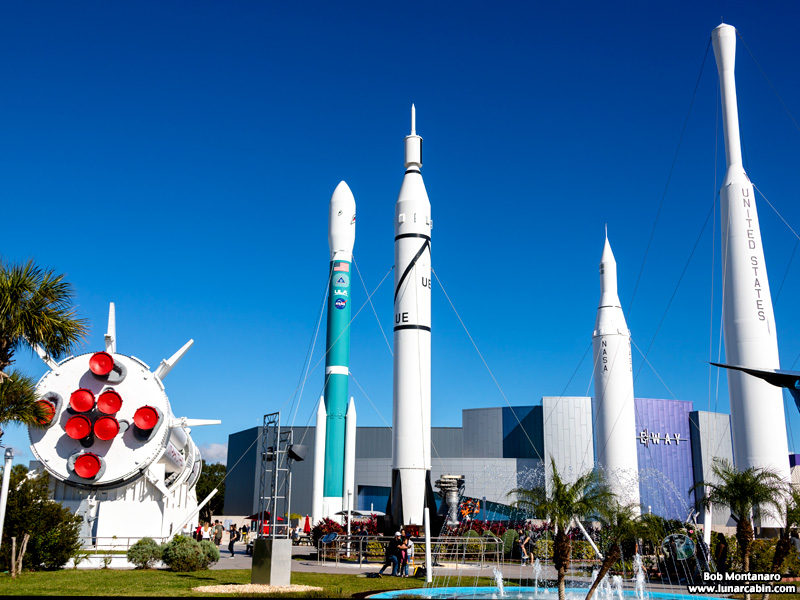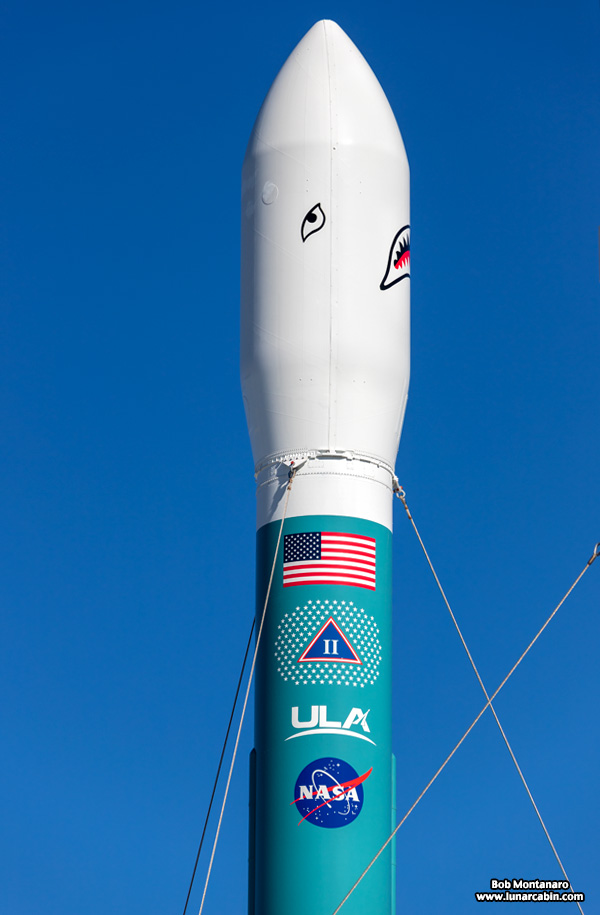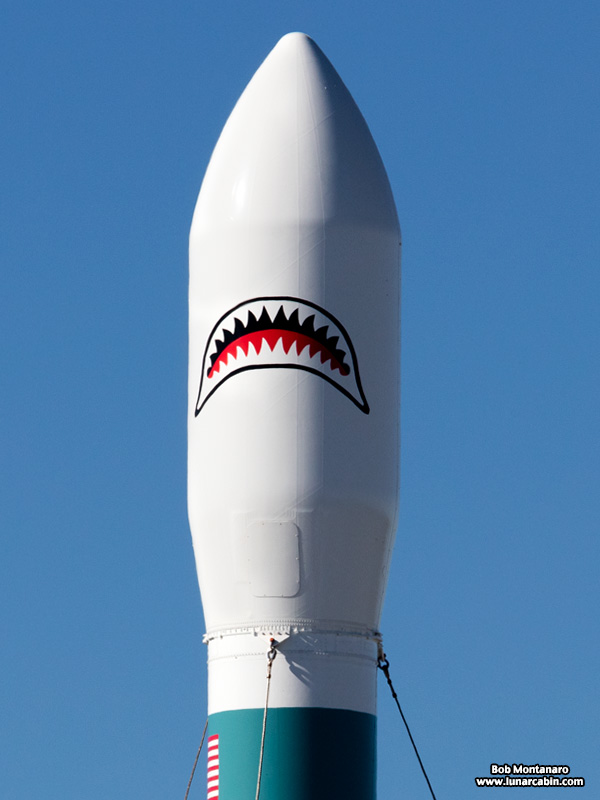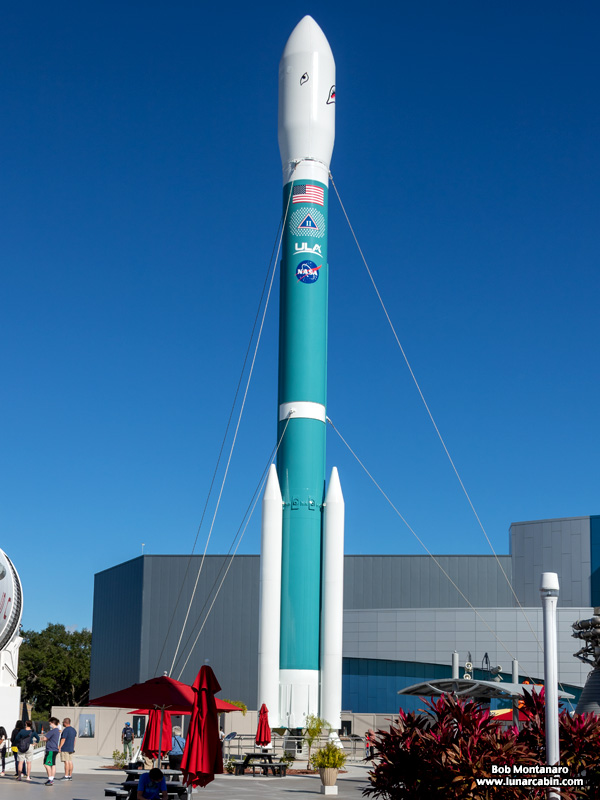The last day of the year is a time to think of things ending and the last Delta II rocket ranks as a prime candidate. The Delta II expendable launch vehicle was designed specifically by McDonnell Douglas in the late 1980s to carry U.S Air Force GPS satellites into orbit, which it started to do on its first flight in February 1989. The Delta II quickly became the industry workhorse with 155 launches for the Department of Defense, National Reconnaissance Office, NASA, and commercial customers. Highlight launches include, according to Kennedy Space Center Visitor Complex, “NASA’s Mars rovers Spirit & Opportunity, the Phoenix Mars Lander, ICESat-2, all operational GPS missions through the constellation of 21 GPS II-R missions for the Air Force and commercial missions for Iridium, Globalstar and three DigitalGlobe satellites.”
According to NASA, “For nearly 30 years, the Delta II was the industry workhorse for NASA and civilian scientists, the U.S. military, and commercial clients. The Delta II launched more than 230 satellites on 155 flights to deploy the Global Positioning System (GPS), explore the solar system, and serve the medium-class commercial space launch market. Delta II soared into space from both coasts of the United States, launching from two side-by-side pads at Cape Canaveral’s Space Launch Complex (SLC)-17 in Florida, and the SLC-2 at Vandenberg Air Force Base in California. NASA’s Launch Services Program launched the ICESat-2 spacecraft on the final Delta II launch on Sept. 15, 2018, from Vandenberg.”
The Delta II on display in the Kennedy Space Center Visitor Complex’s Rocket Garden is the last of the Delta II rockets. Without a mission to fly it was given a new role as a permanent representative of this historic launch vehicle and the missions it accomplished.
The rocket fairing was often displayed with the mouth and eyes of a shark in tribute to the U.S. Air Force’s 45th Space Wing’s mascot.
Many of the Delta II launches I have photographed from Cape Canaveral can be reviewed by clicking the button below:
Categories: Space Age Bulletins



